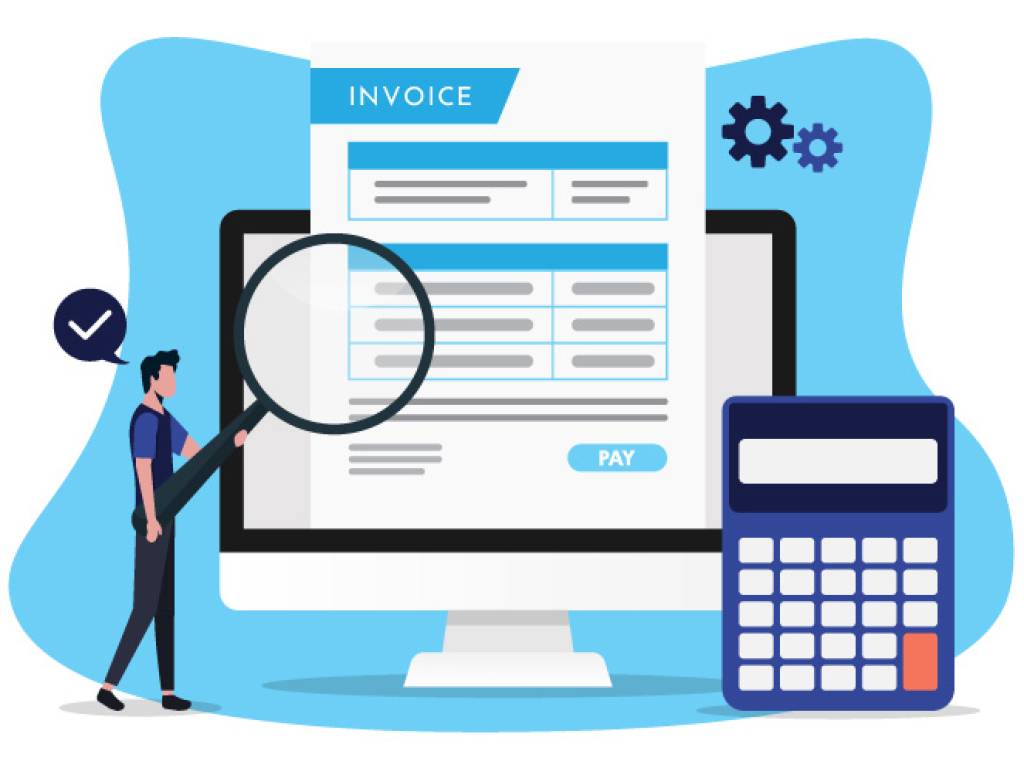
Billing system
Billing software enables you to automate many of the time-consuming and error-prone tasks such as collecting usage data, ensuring all data is recognized across the billing processes, transferring billing data to other systems, confirming billable items and pricing, linking contract information, pricing, and usage data together, managing contracts to ensure accurate invoicing, and combining or splitting invoices – saving you time and money.
Here are more benefits you can expect to receive by implementing billing software.
- Reduced manual work and errors
- Shorter payment cycles/improved cash flow
- Decreased revenue leakage
- Quicker time-to-market
- Faster account reconciliation
- Additional payment options for faster payments
- Lower operational costs
- Improved transparency
- Enhanced tracking and improved regulatory compliance
- Reduction in security risks and fraud
- Improved reporting
- Accessibility from anywhere, at any time
- A single source of customer truth
- Enhanced employee morale
- Improved customer experiences
When considering the type of billing software currently available, they’re first categorized by on-premise or cloud-based. However, determining which billing solution is right for your business requires a bit more thought and planning.
How to Select the Right Billing Software Solution
Selecting the right billing software for your company requires you to look at many factors. To put you on the right track, we’ve provided tips that will help you narrow the selection and choose the billing software that will best meet your current requirements and future needs.
1) Know your requirements
This may sound fundamental but without having a clear understanding of your needs you may purchase a system that is lacking the features and functionality needed or conversely deploy a system that provides more functionality than you’ll ever use. Since billing software needs vary depending on company size, number of customers, billing complexity, and volume of transactions, your requirements may be different from your competitors.
2) Compare features and functionality
Evaluate several billing software packages and compare the features and functionality offered to your requirements. Be sure the billing software allows for seamless integration to your other systems, as well as provides the scalability needed as your business grows. Additionally, consider other factors such as customer support, task automation, and ease of use.
3) Determine your budget
With an understanding of your requirements, will an on-premise billing software solution provide what you need or do your requirements require cloud-based software. On-premise billing software has a one-time initial payment which is usually quite high. Additionally, overtime you may pay for software upgrades, as well as incur costs to keep the system operational. On the other hand, cloud-based billing software provides subscription plans that can be paid monthly, quarterly, semi-annually, or annually, and upgrades/maintenance is typically handled by the software vendor.
4) Predefined templates and customization
While predefined invoice templates are a standard deliverable, the billing software should also enable you to configure the invoice to meet your specific needs and deliver a personal touch. Additionally, design elements need to provide the ability to create unique invoices by business unit, reseller/distributor, or geography.
5) Revenue recognition
The solution should have the ability to automate revenue management and manage the complete quote-to-cash and revenue recognition processes.
 K-Tech
K-Tech



